In the diverse culinary landscape of Japan, where traditional and modern flavors seamlessly blend, the Shumai Bento stands out as a delightful merger of convenience and taste. This single-portion meal-in-a-box elevates the humble shumai—steamed dumplings often filled with a savory mixture of pork and seasonings—into a balanced, aesthetically pleasing dining experience perfect for those on the go. Suppose you’ve wondered how a staple from dim sum tables has found a cozy home in Japanese bento boxes. In that case, you’ll want to keep reading to unwrap the delicious details.
What is Shumai bento?
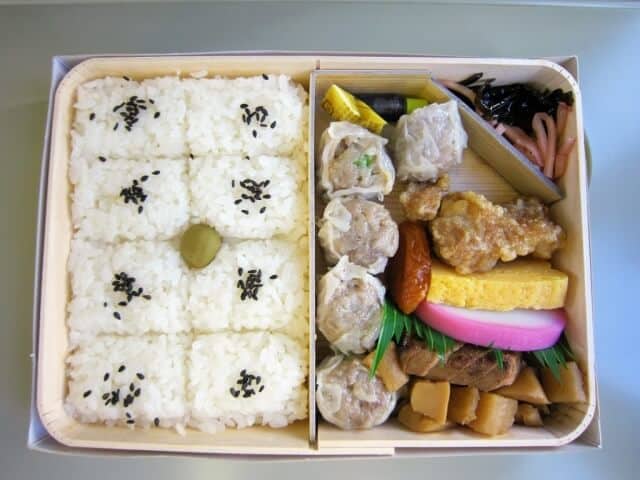
A “Shumai Bento” would be a bento box (a single-portion take-out or home-packed meal common in Japanese cuisine) that features shumai as one of its main items. A typical Shumai Bento includes several pieces of shumai, rice, pickled vegetables, and other side dishes like tamagoyaki (Japanese omelet) or some form of protein like grilled fish or chicken. It has 8 bowl-shaped rice, 5 shumai, and 9 kinds of side dishes such as fried chicken and pickled tuna.
Shumai (or “shao mai” in Chinese) is a traditional Chinese dumpling popular in other parts of East Asia, including Japan. In Japan, locals often made shiumai with ground pork and minced onion filling, seasoned with soy sauce and other spices, and wrapped in a thin, round dough sheet. Japanese shumai is typically steamed and served with soy sauce and mustard for dipping.
Shumai bento History
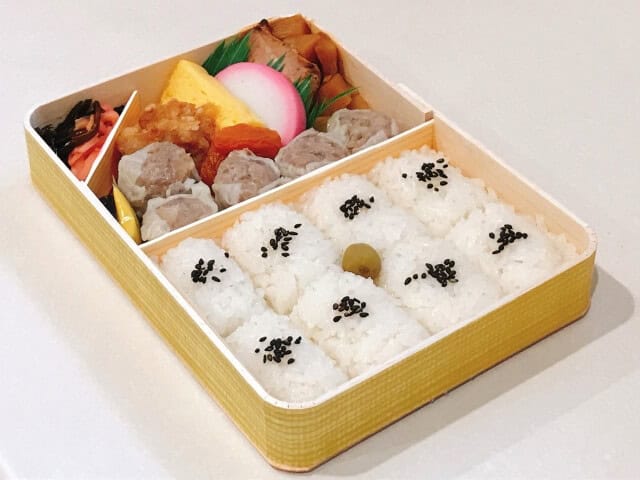
Shumai Bento was born in 1954, the year after the novel became a movie. The history of shumai in Japan is closely tied to Kiyoken, a company founded in 1888 in Yokohama, which is renowned for popularizing this type of dumpling in the country. While shumai originally hails from China, it became a beloved food item in Japan, especially after Kiyoken introduced its version of shumai. This occurred in the early 20th century when Yokohama was a significant port city bustling with international trade, including heavy interactions with China.
Kiyoken’s recipe for shumai was developed to suit Japanese palates. It became especially popular as a souvenir or “ekiben” for travelers, cementing the idea of shumai being a key component in bento boxes in Japan. The popularity of Kiyoken’s shumai bento took off, particularly in the mid-20th century, and it has maintained its place as a culinary icon in Yokohama and throughout Japan.
Kiyoken’s version of the shiumai bento typically includes shumai dumplings paired with other components like rice, pickled vegetables, and additional proteins. Over the years, Kiyoken has also introduced variations of the classic shumai recipe. Still, its original shumai continues to be a beloved choice. The introduction of shiumai into bento culture by Kiyoken was a game-changer, making it a popular, convenient option for travelers and busy people alike.
What is Kiyoken?
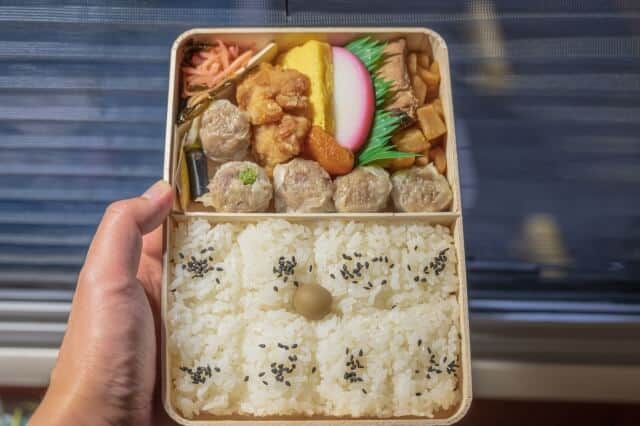
“Kiyoken Co., Ltd.” is a company that manufactures and sells station lunches and operates restaurants, with its head office located in Nishi-ku, Yokohama City, Kanagawa Prefecture. Kiyoken’s most famous ekiben is the Shiumai Bento, one of the best-selling in Japan. It is no exaggeration to say that everyone in the Yokohama area knows about this bento, with shumai as the main side dish and side dishes such as fried chicken, tamagoyaki, boiled kamaboko, and bamboo shoots.
Changing of contents of the shumai bento
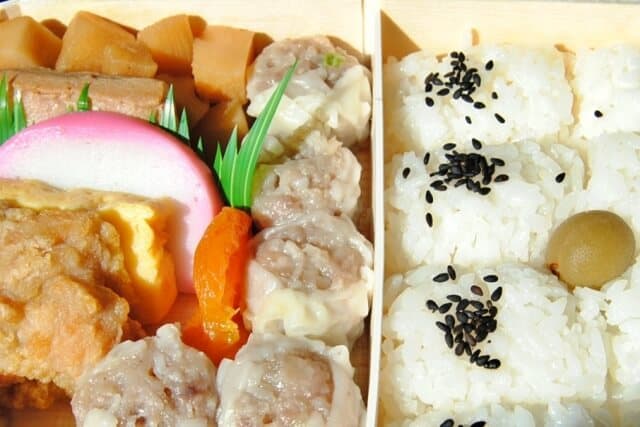
As fans who have been eating it for a long time will have noticed, the contents of the shumai bento have changed quite a bit over the past 50 years. Let’s pick up the main points. 1974 Shiumai, the leading characters, increased from four to five. This year, the fried food that started with fried shrimp has changed to fried scallops, and shiitake mushrooms have been added. The age of shiitake mushrooms was surprisingly short, and from 1988 to 1997, locals included fried lotus roots. The grilled fish, yellowtail teriyaki at the time of sale, changed to tuna teriyaki around 1963 and is still being used today. Deep-fried chicken, a standard dish, appeared in 1992 (Heisei 4). On the other hand, Fukujinzuke, indispensable at its release, disappeared in 1981 (Showa 56).
This is the lineup of “Shiumai Bento” currently on sale. 5 pieces of “traditional shumai,” fried chicken, teriyaki tuna, omelet, kamaboko, boiled bamboo shoots, cut kelp and shredded ginger, apricots, and rice (with black sesame and koume). Locals made the Shiumai bento boxes using paper shavings since they sold them. Locals used it in many ekiben in the past, but now you would have rarely seen them.
The Secret of Kiyoken Shumai Bento
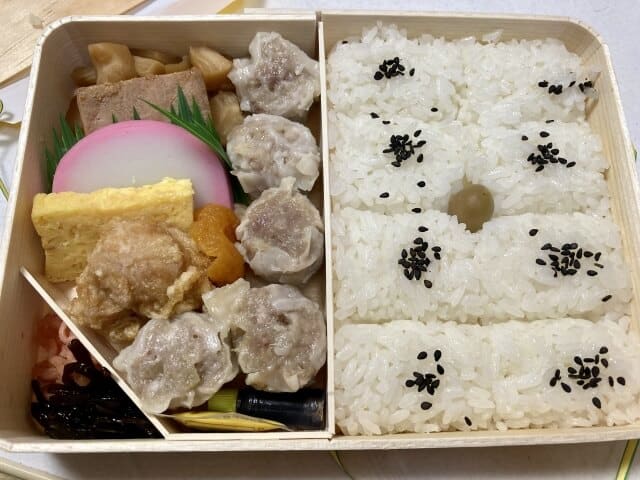
If you look closely at the shiumai bento, you get the impression that most side dishes other than shumai are old-fashioned and plain. It doesn’t look gorgeous at first glance, but why is it selling the best in Japan?
Chewy rice
Cold rice tends to be dry, but the rice in Shumai Bento is surprisingly chewy even when cold. This is because locals cooked the rice in the shiumai bento using steamed rice.
Lunch box
Locals use a thin wooden board, “Kyogi,” for the box of Shiumai bento. Although it costs more than plastic or paper containers, Kiyoken is strongly committed to using wood. That’s because the characteristics of the wood are the key to its deliciousness. Since the wood is breathable, it absorbs excess moisture from the rice, preventing water droplets from falling on the rice when you open the lid.
Ceramic soy sauce container “Hyo-chan”
“Hyo-chan” is a soy sauce container with a face enclosed in Shumai products. In Yokohama, Tokyo, Hyo-chan is always in the kitchen of every household.
Shumai bento FAQ
- Is Shumai Bento available outside of Yokohama or Japan?
-
Kiyoken’s authentic Shumai Bento is primarily available in Yokohama, Tokyo, and certain parts of Japan, particularly train stations, airports, and specialty stores. Its popularity as an “ekiben” (station bento) makes it especially common in places frequented by travelers. However, its distribution outside Japan is generally limited due to factors like the need for fresh ingredients and specific storage conditions.
- How should I eat Shumai Bento for the best experience?
-
For the Shiumai Bento experience, consume the meal when fresh or at room temperature to appreciate the chewy rice and flavorful shumai best. Begin with lighter fare like pickles to cleanse your palate, then move on to the main items, using soy sauce and mustard sparingly so as not to overpower the shumai. Savor the unique aroma that wafts out upon opening the wooden “Kyogi” box, and consider pairing the meal with green tea or light beer.
Shumai bento Recipe
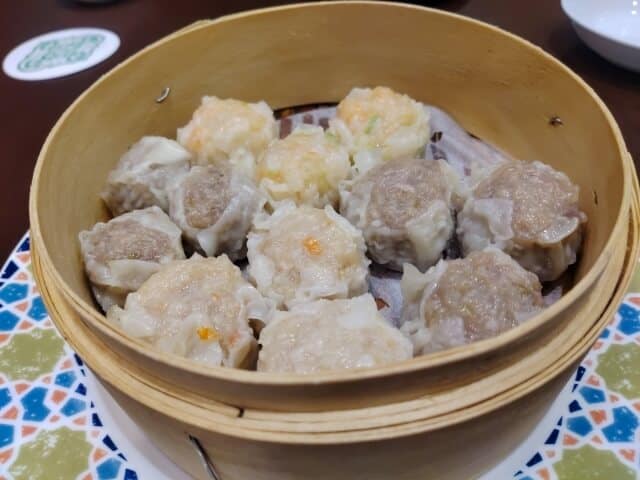
Shumai bento Ingredients
| Ingredients of Shumai bento for 2 persons | Measurements |
|---|---|
| Shumai | 77g |
| Soy sauce | 5g |
| Grilled swordfish | 50g |
| Sweet-boiled bamboo shoots | 18g |
| Tamagoyaki | 40g |
| Kamaboko slices | 15g |
| Red ginger | 6g |
| Kombu | 8g |
| Tsukudani | 10g |
| Sesame | 2g |
| Salt | 2g |
| Pickled plums | 10g |
| Warm rice | 200g |
How to make Shumai bento?
Fill 1/3 of the side dish thinly with rice.
Place the steamed dumplings in a row next to the rice, then fill with sweetened bamboo shoots, swordfish grilled in soy sauce, tamagoyaki, and kamaboko in order. Fill the gap with red ginger and kombu tsukudani.
Sprinkle sesame salt on the rice and put the umeboshi on top.
Where to buy Shumai bento?
Kiyoken (崎陽軒)
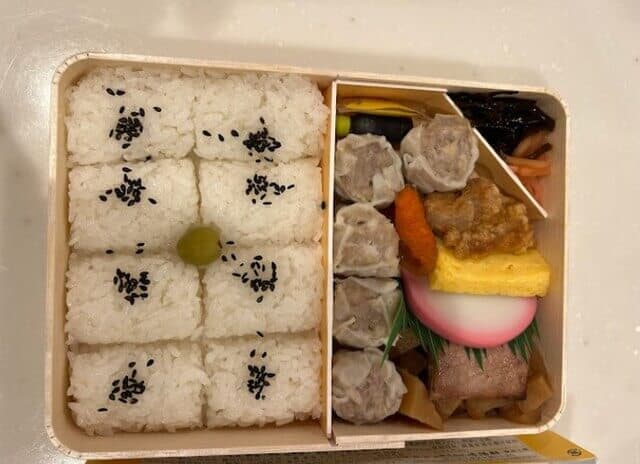
Kiyoken is a well-known food company in Japan, particularly famous for its Shumai Bento—a boxed lunch featuring shiumai dumplings alongside other side dishes and rice. The brand takes great care in preparing its food items, from the steam-cooked chewy rice to the choice of a wooden “Kyogi” box for packing the bento. Overall, Kiyoken is a hallmark of Japanese culinary tradition, particularly when it comes to bento culture.
Final Thoughts
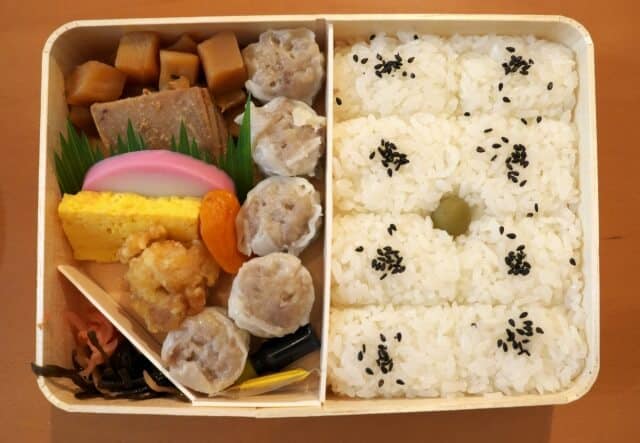
Shumai Bento is more than just a boxed lunch; it’s a beloved part of Japanese culture that showcases the country’s attention to detail, quality, and tradition. We hope you’ve learned something new about this special dish and maybe even feel inspired to try it yourself. Whether you’re in Japan or find a version closer to home, experiencing a Shiumai Bento is like enjoying a little piece of Japanese art and history, all wrapped up in one tasty package.
You can check some Japanese bento dishes that we know you would like to try too.






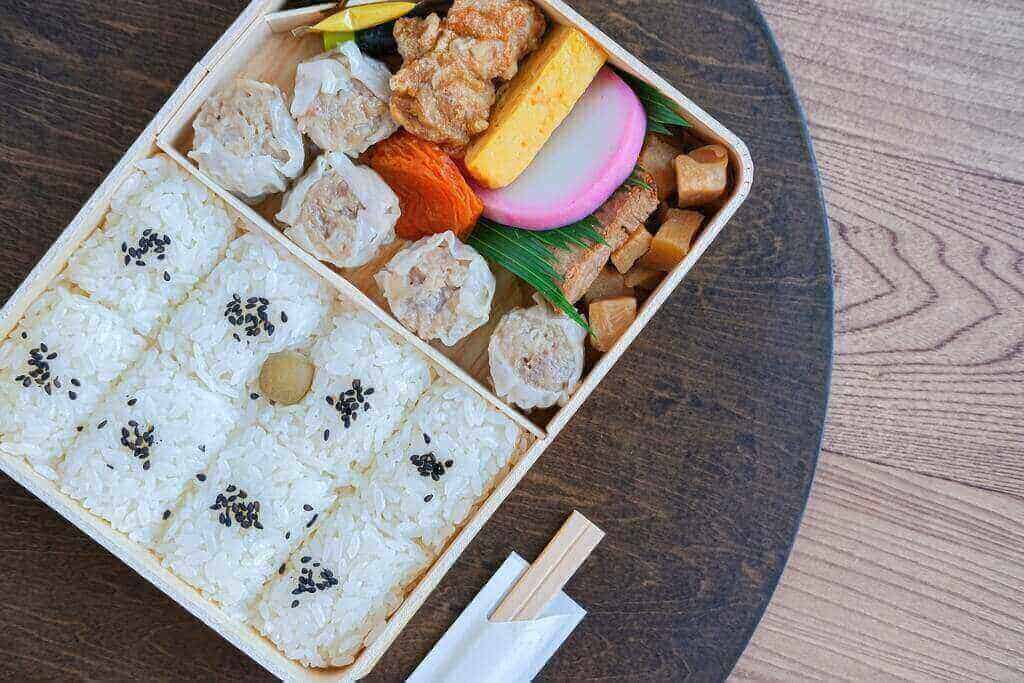
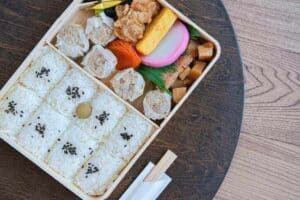
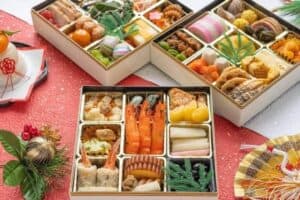
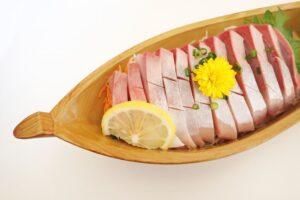
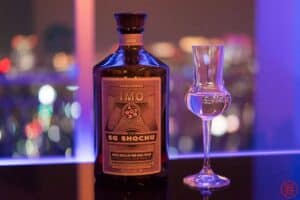
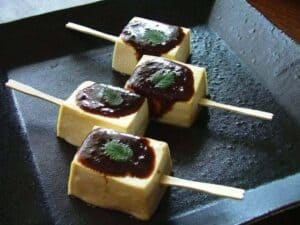
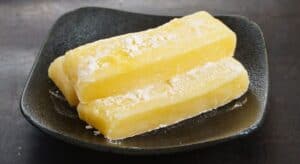
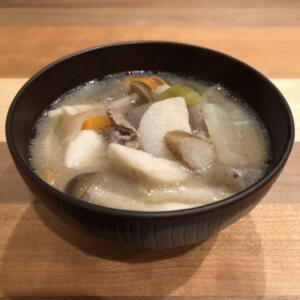
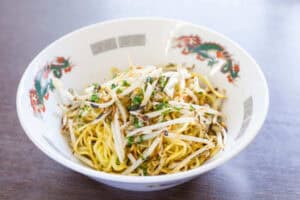
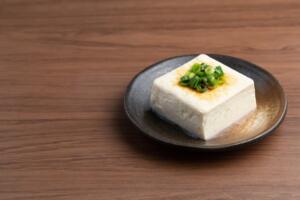
Comments